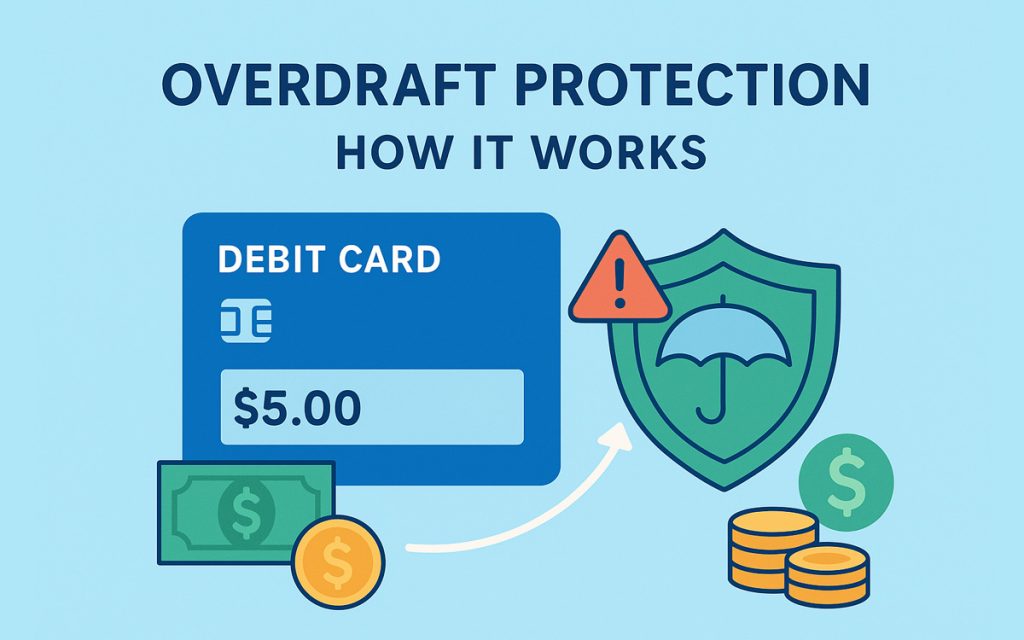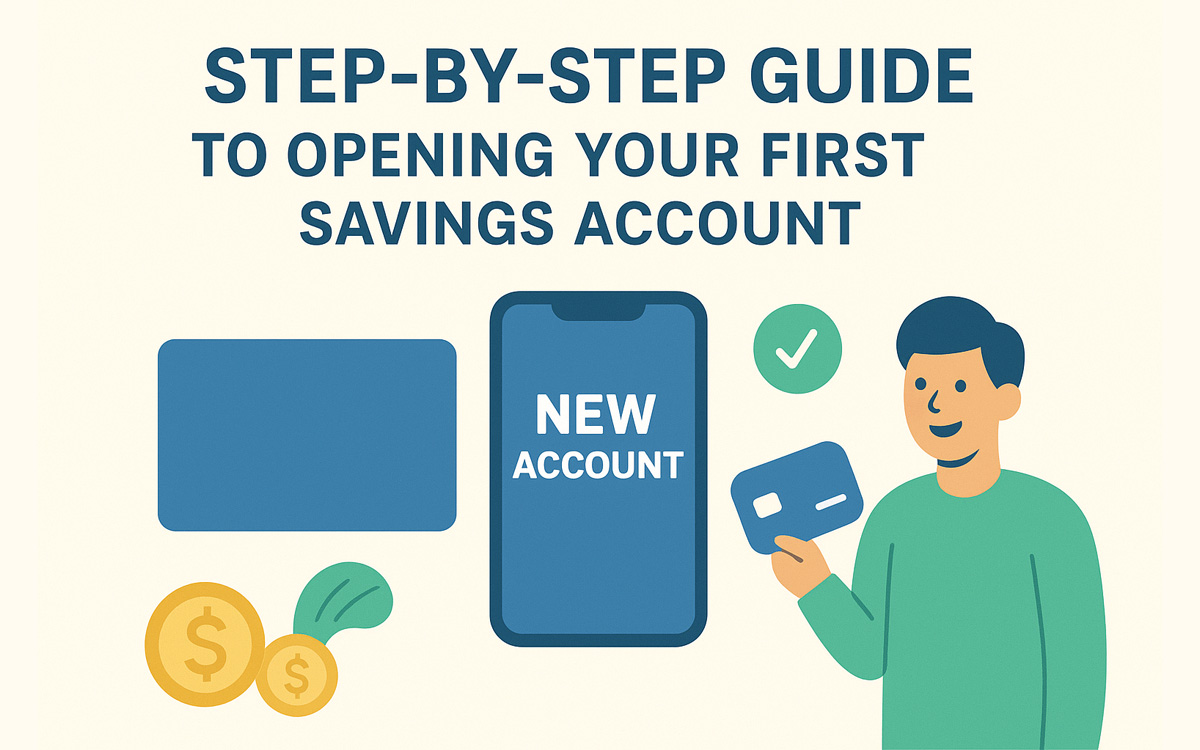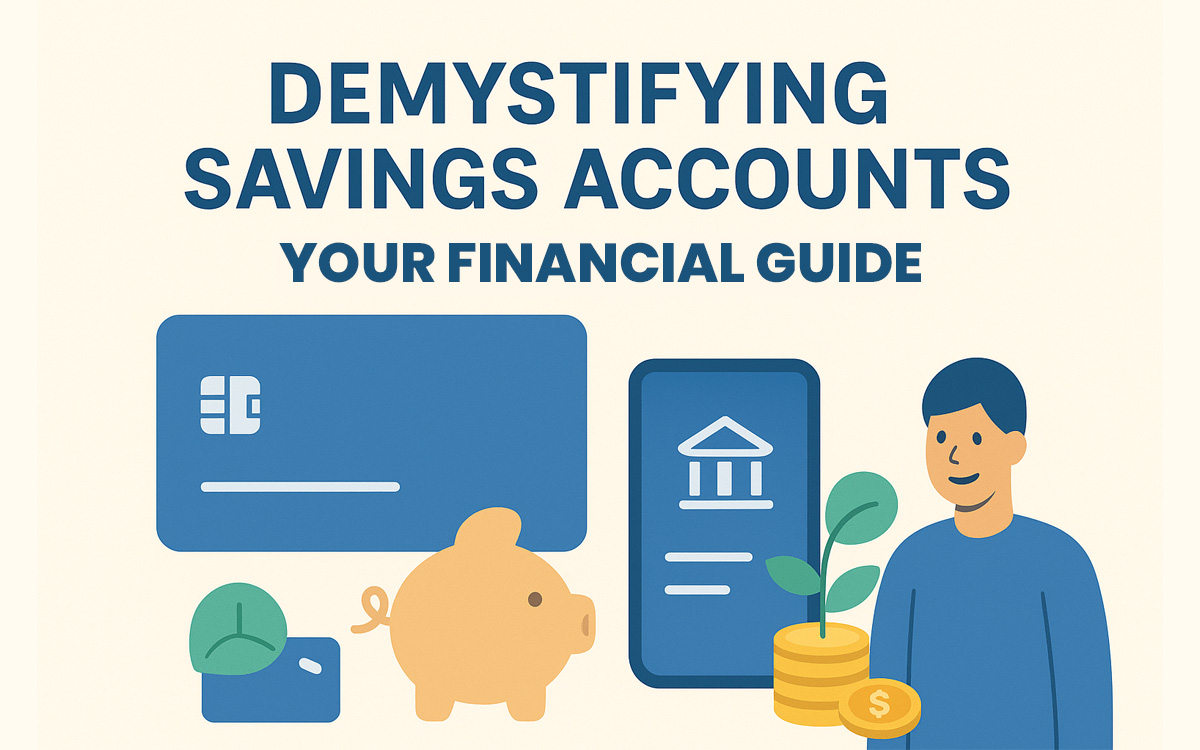Imagine swiping your debit card at the grocery store only to find out you don’t have enough money in your checking account. Without protection, the bank could decline the transaction or, worse, approve it and charge you a hefty overdraft fee.
That’s where overdraft protection comes in. It’s a feature many banks offer to help cover shortfalls in your account and prevent declined payments. But is it worth it? Let’s break it down.
What is Overdraft Protection?
Overdraft protection is a banking service that ensures your transactions go through even when your checking account balance is too low.
Instead of rejecting your payment, the bank temporarily covers the difference, usually by pulling money from another source or extending credit.
In simple terms, it’s a safety net for your checking account.

How Overdraft Protection Works
When you opt in, overdraft protection links your checking account to another account or credit option. If you don’t have enough money in your checking account, the bank covers the payment by:
- Linking to a Savings Account
- Money is automatically transferred from savings to checking.
- Usually, a small transfer fee applies.
- Linking to a Credit Card
- The overdraft amount is charged to your credit card.
- Interest and cash advance fees may apply.
- Overdraft Line of Credit
- A credit line specifically for overdrafts.
- You borrow money up to a set limit, repaid with interest.
- Standard Bank Coverage (without protection)
- Bank approves the payment but charges a flat overdraft fee (often $25–$35 per transaction).
Benefits of Overdraft Protection
- Prevents declined payments (important for rent, utilities, and emergencies).
- Avoids costly overdraft fees by using linked accounts instead.
- Convenience when you temporarily fall short.
- Peace of mind knowing your payments won’t bounce.
Downsides of Overdraft Protection
- Transfer fees: Even with linked accounts, some banks charge $5–$12 per transfer.
- Credit risk: Using a credit card or line of credit could rack up interest.
- False security: May encourage overspending since transactions won’t decline.
- Not always free: Some banks require a monthly fee to enroll.
Is Overdraft Protection Worth It?
It depends on your financial habits:
- Worth it if you sometimes cut it close and want peace of mind.
- Not worth it if you consistently maintain a buffer in checking.
- Best strategy: Treat it as backup, not as regular borrowing.
Tips to Manage Overdrafts Without Fees
- Set low balance alerts via your bank’s app.
- Keep a small emergency cushion in checking.
- Link checking to savings instead of a credit card.
- Regularly review transactions to spot overspending early.
Conclusion
Overdraft protection can be a helpful tool to avoid declined payments and overdraft fees, but it’s not a substitute for good money management. The smartest move is to use overdraft protection as a last line of defense, while relying on budgeting and savings to keep your checking account balanced.
Next Steps: Learn how to avoid common checking account fees and explore the best free checking accounts in 2025.




